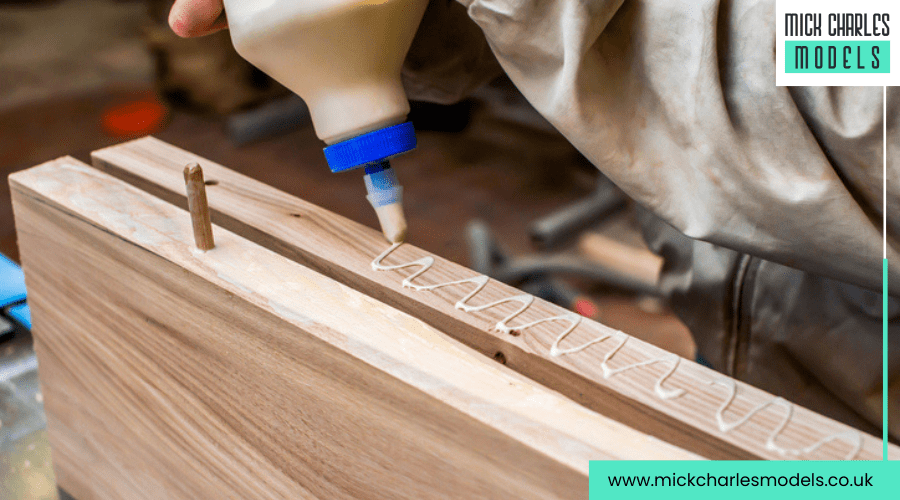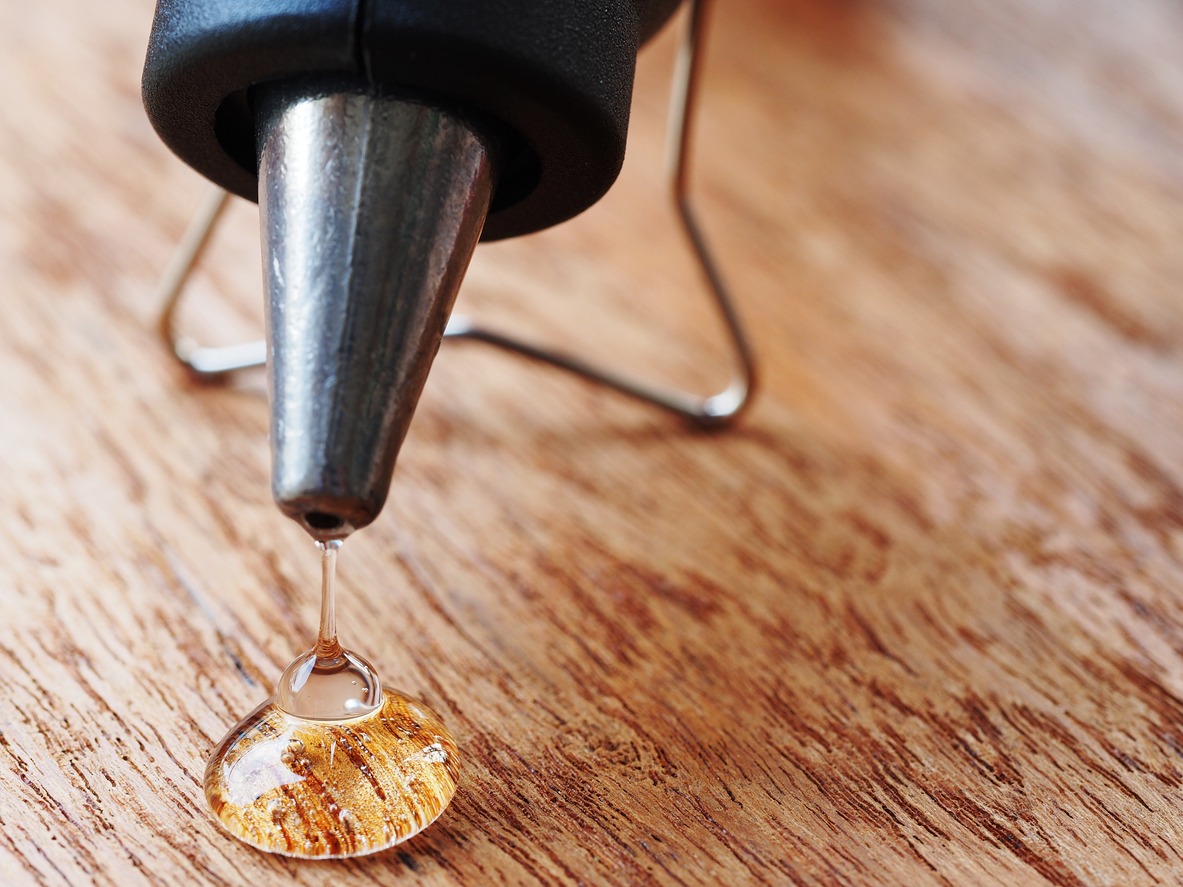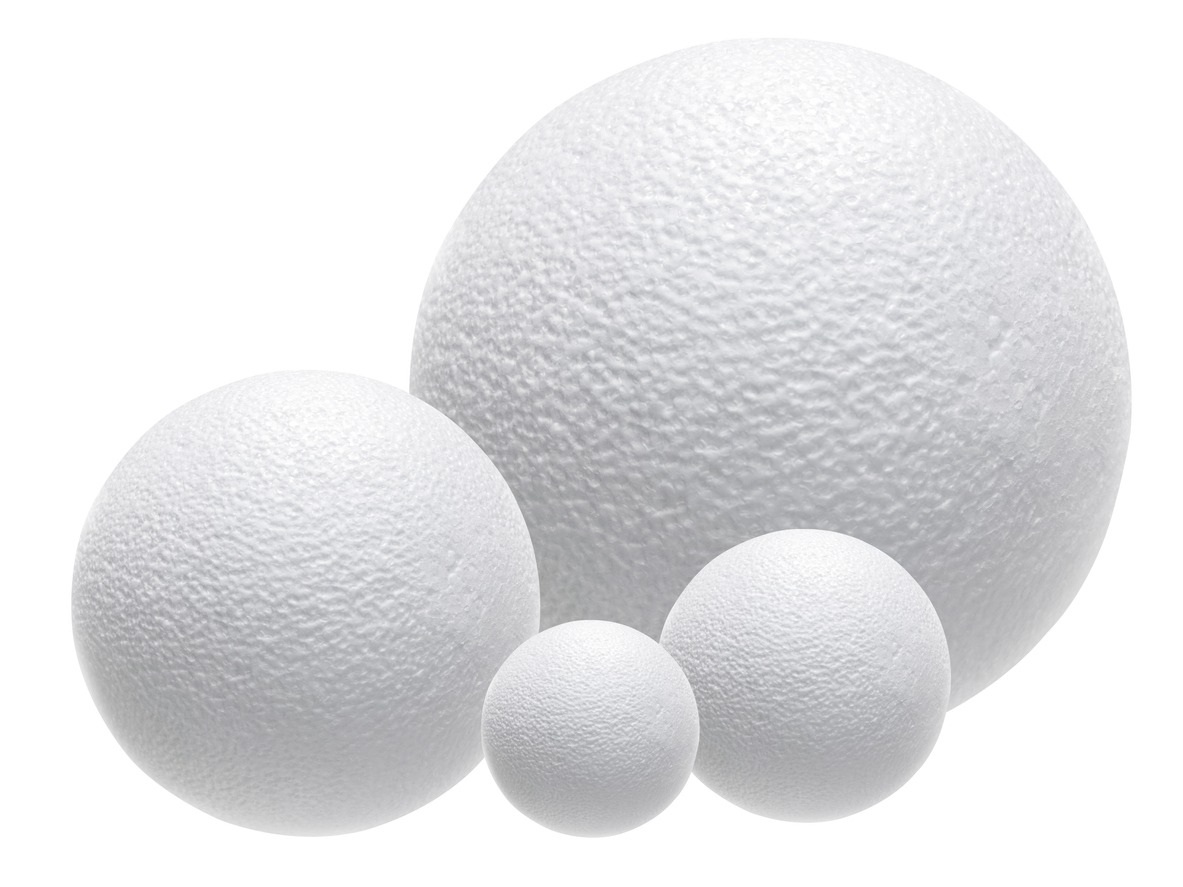Styrofoam Crafts: Creative Projects and Ideas for All Ages
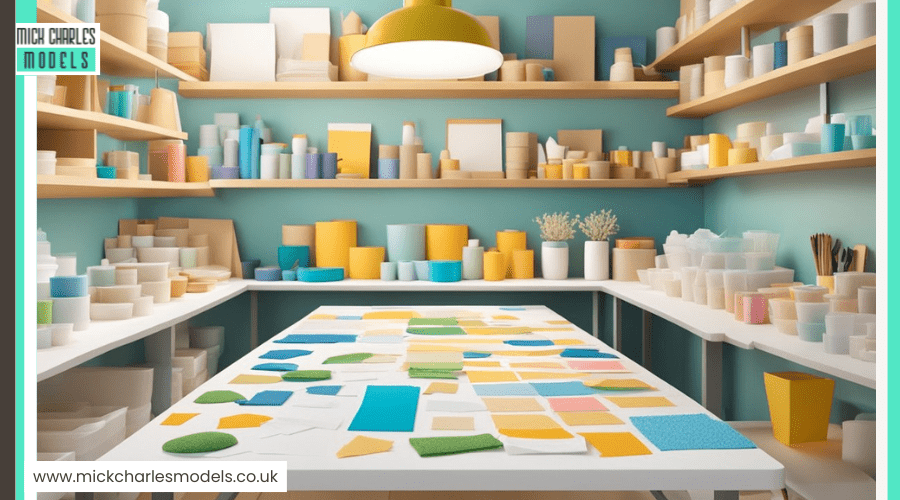
Styrofoam crafts are a fun and accessible way to dive into the world of DIY projects. Using styrofoam, one can create a multitude of items, from seasonal decorations like snowmen and pumpkins to everyday creative projects such as flowers and even small sculptures. This versatile material is easy to work with due to its lightweight and moldable properties, making it perfect for both beginners and experienced crafters alike.
The variety of crafts that can be made with styrofoam is almost endless. Parents and kids can enjoy quality time together, making simple yet delightful items. You can start with foam balls to create cute animals, or use sheets and blocks to make more complex figures. The possibilities are only limited by your imagination, and each project offers a unique way to express creativity.
Styrofoam allows for easy customization and experimentation. You can paint, cut, and shape it into any form you desire, making it a go-to material for many DIY enthusiasts. Whether you’re looking to add a touch of color to your home or trying to create a one-of-a-kind gift, styrofoam crafts offer a fun and engaging way to achieve your goals.
Understanding Styrofoam
Styrofoam is a type of plastic known for its light weight and insulation properties. It is often used for packing materials, disposable food containers, and craft projects.
Environmental Impact: Styrofoam can be harmful to the environment. It is not biodegradable and can take hundreds of years to break down.
Landfill and Recycling: Most Styrofoam ends up in landfills where it occupies a lot of space. Recycling Styrofoam is possible but not widely available.
Sustainability: To make Styrofoam use more sustainable, it's important to look for ways to repurpose and reuse it. Creative projects can help prolong its life and reduce the need for new materials.
Repurposing Ideas: You can use Styrofoam in various craft projects. For example, CD Saturn is a fun and educational craft. By substituting Styrofoam for wood, you can create lightweight and manageable art with realistic effects.
Crafting Tips
- Cutting: Use a foam cutter for precise shapes.
- Painting: Use acrylic paint for vibrant colors.
- Gluing: Styrofoam glue ensures pieces stay together.
Repurposing Styrofoam through crafting not only sparks creativity but also plays a small role in reducing environmental impact.
Tools and Safety Precautions
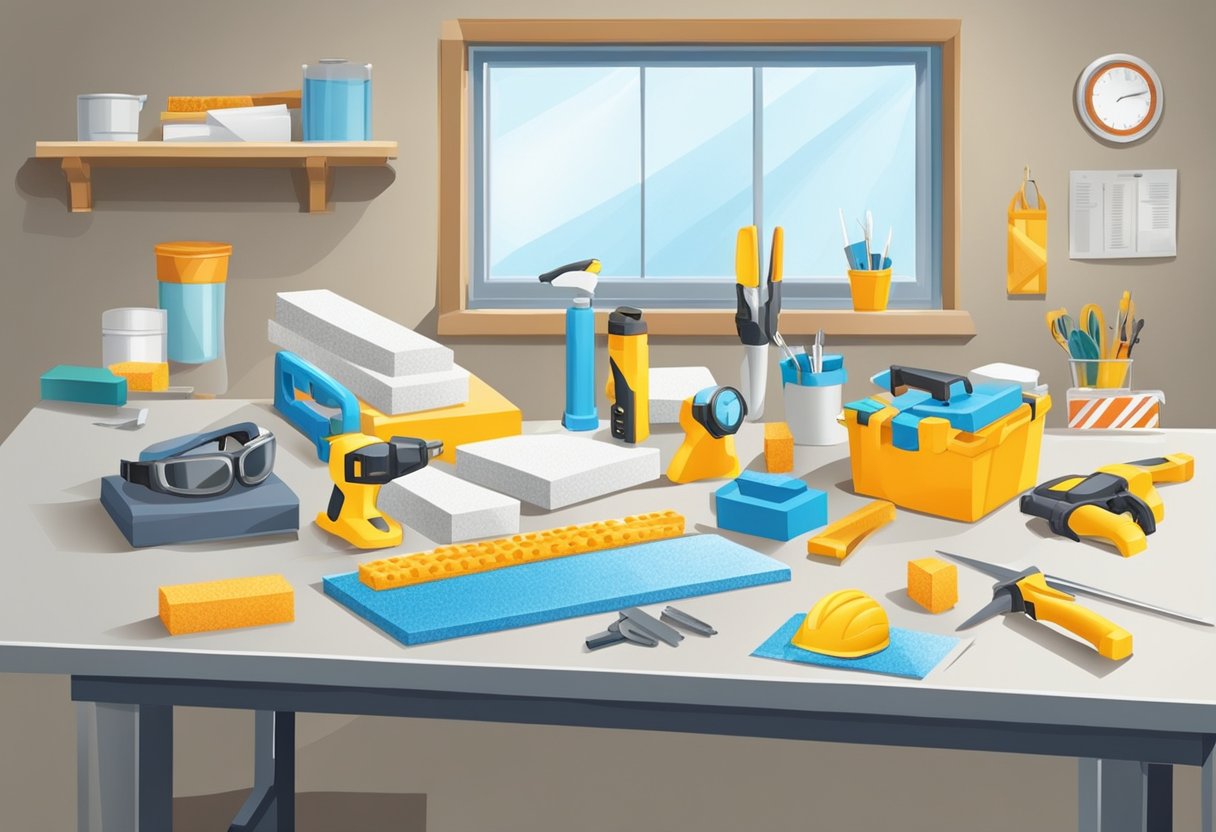
Working with Styrofoam involves using specific tools and taking important safety measures to ensure a successful and safe crafting experience. Proper tool selection, cutting techniques, and protective gear are essential components.
Selecting the Right Tools
Choosing the appropriate tools is crucial for working with Styrofoam. Basic tools include craft knives, hot wire cutters, and sandpaper. Craft knives are versatile and useful for making precise cuts. Hot wire cutters provide smooth, controlled cuts but should be used with care. Sandpaper helps in smoothing edges and refining shapes.
Additionally, glue guns and adhesives specifically designed for Styrofoam are important for assembling pieces. Avoid using solvent-based glues as they can dissolve Styrofoam. For painting, choose water-based paints to avoid damaging the material.
Cutting Techniques
Cutting Styrofoam requires precision and control. When using a craft knife, make shallow passes rather than trying to cut through in one motion. This minimizes tearing. A straightedge or ruler can guide these cuts for better accuracy.
With hot wire cutters, allow the tool to heat up fully before use. Move the tool slowly and steadily to achieve smooth edges. Always keep your hands away from the wire to prevent burns.
For complex shapes, templates or stencils can be helpful. Drawing the design on the Styrofoam before cutting ensures better accuracy. After cutting, use sandpaper to smooth out any rough edges or imperfections.
Protective Gear and Measures
Safety is paramount when working with Styrofoam. Wearing protective gear like gloves and safety glasses can prevent injuries from sharp tools and hot wires. A dust mask is also recommended since cutting Styrofoam can generate fine particles that are harmful if inhaled.
Ensure that your work area is well-ventilated to avoid inhaling fumes from adhesives or paint. Keep a clean workspace, free from flammable materials, especially when using hot wire cutters or glue guns. Proper lighting helps reduce the risk of accidents by ensuring better visibility during intricate tasks.
By following these guidelines and using the right tools, safety measures, and cutting techniques, crafting with Styrofoam can be an enjoyable and hazard-free activity.
Preparation and Maintenance of Styrofoam
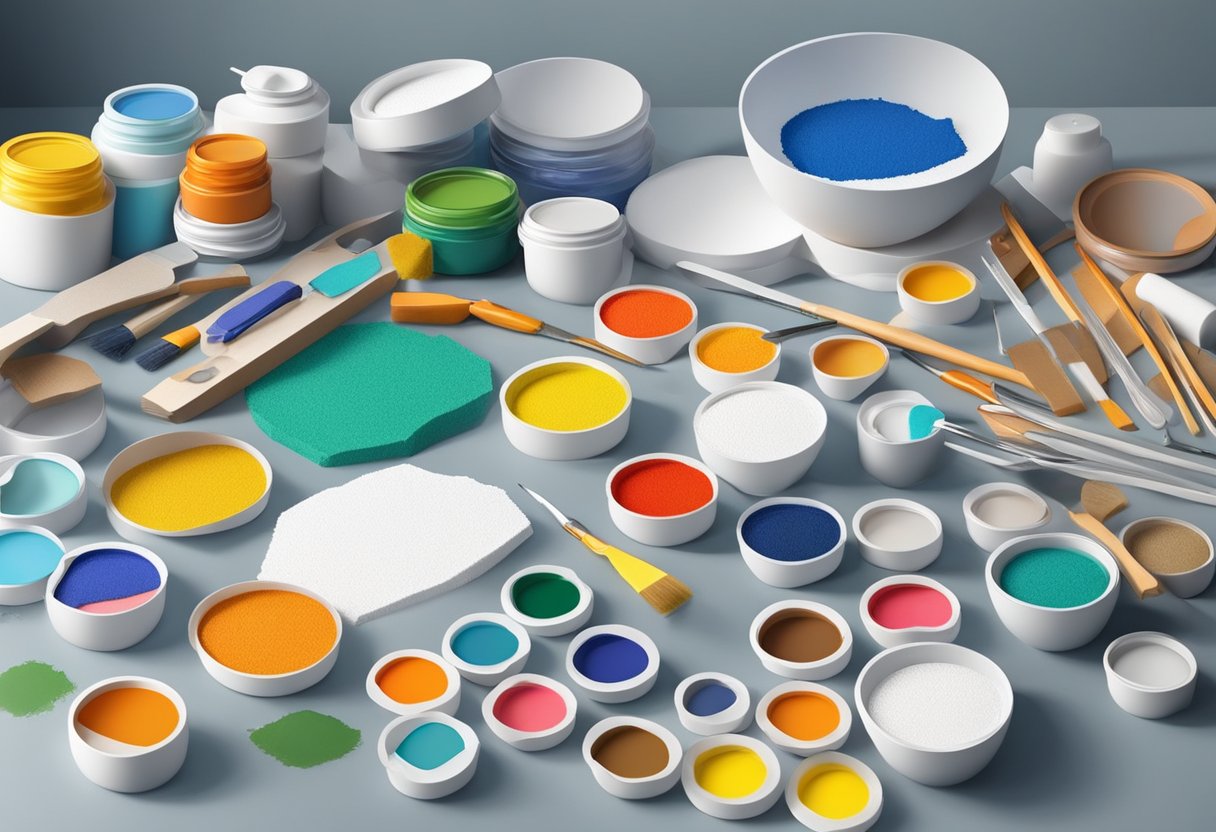
Proper preparation and maintenance are crucial when working with Styrofoam to ensure the best results for your projects. This includes keeping the material clean, creating desired textures, and applying the right finishing touches.
Keeping Styrofoam Clean and Dry
Styrofoam needs to be clean and dry before starting any project. Dirt and moisture can affect the adhesion of paints and other materials. Use a soft brush or cloth to remove dust and debris. Avoid using water, as Styrofoam is not water-resistant and can become damaged. If stains are hard to remove, use a mild detergent sparingly.
To maintain dryness, store Styrofoam in a cool, dry place. Avoid exposing it to humid environments. If you must cut or shape it, do so in a dry workspace to prevent moisture from affecting the material.
Surface Texture and Pattern
Creating surface texture and patterns on Styrofoam can greatly enhance the visual appeal of your projects. You can sand the surface lightly with fine-grit sandpaper for a smoother finish. Be gentle to avoid excessive damage. Patterns can be added using tools such as knives or textured rollers.
Paint and other coatings can also be used to add texture. For added depth, try applying multiple layers of paint, allowing each to dry between applications. Creating indentations or raised patterns can also be achieved by pressing objects into the Styrofoam before painting.
Proper Sealing and Finishing
Sealing Styrofoam is important for protecting it and giving your project a polished look. Use a sealant like Mod Podge or a spray-on sealant. Apply evenly to avoid lumps and ensure complete coverage. This will protect the foam from physical damage and moisture.
Once sealed, add finishing touches like paint. Use acrylic paint as it adheres well to Styrofoam and is less likely to dissolve the material. For a glossy finish, apply a topcoat of clear sealant. If your project involves outdoor exposure, consider using a UV-resistant sealant to prevent fading.
Proper preparation and careful attention to detail in maintaining Styrofoam will result in beautifully finished projects that stand the test of time.
Styrofoam Crafting Techniques
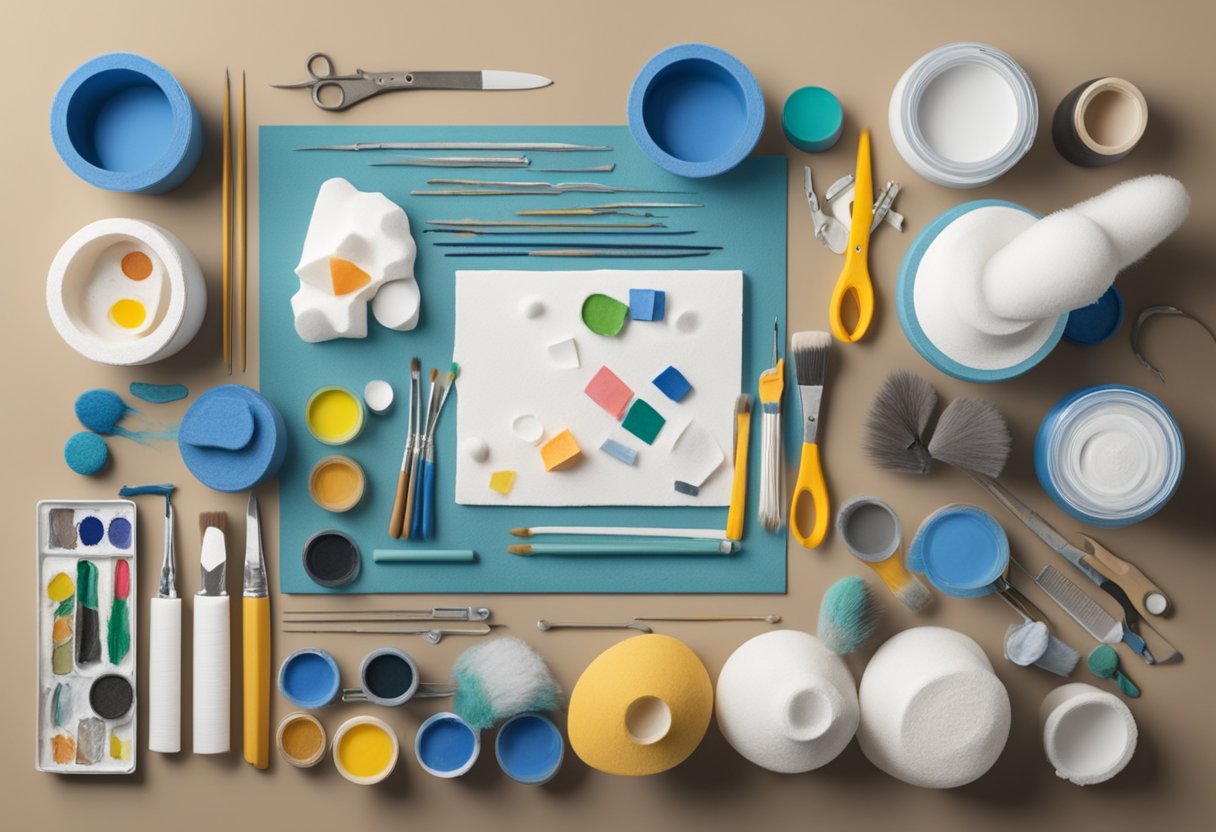
Styrofoam crafts involve various methods for forming and decorating. These techniques include shaping the material, creating stamps and prints, and even using yarn for embroidery.
Forming and Shaping
Styrofoam can be cut into different shapes using basic tools like knives, scissors, or even hot wire cutters. For more detailed work, a craft knife is useful. Sandpaper helps smooth the edges.
Tools Needed:
- Knives or Scissors: For cutting basic shapes.
- Hot Wire Cutter: For more precise cuts.
- Sandpaper: For smoothing rough edges.
Techniques:
- Cutting: Use a knife or hot wire cutter to cut your design.
- Sanding: Sand the edges to smooth them out.
- Gluing: Use glue to attach different pieces together.
By experimenting with these techniques, you can create anything from simple shapes to intricate designs.
Styrofoam Printing and Stamps
You can turn Styrofoam into stamps to print patterns and textures onto various surfaces. This method is popular in both art classes and DIY home projects.
Materials Needed:
- Styrofoam Sheets: For carving the stamps.
- Paint or Ink: For printing.
- Roller or Brush: To apply paint or ink.
Steps to Make a Stamp:
- Design: Draw your desired pattern on the Styrofoam.
- Cut: Use a craft knife to carve out the design.
- Apply Paint: Use a roller or brush to cover the carved area with paint.
- Print: Press the painted side onto paper, fabric, or another surface.
This technique is a cost-effective way to add unique designs to your projects.
Yarn Embroidery on Styrofoam
Yarn embroidery adds a tactile quality to Styrofoam crafts. This technique is perfect for creating colorful, textured designs.
Supplies Needed:
- Styrofoam Ball or Sheet: As the base.
- Yarn: In different colors.
- Needle or Needle-like Tool: To push the yarn through the Styrofoam.
Procedure:
- Design: Plan your design on the Styrofoam.
- Threading: Thread the yarn through a needle.
- Embroidery: Push the needle through the foam, following your design.
- Secure: Tie knots to secure the yarn on the back.
This method allows for a wide range of patterns and textures, making your craft piece stand out.
Styrofoam Crafts for Home Decor
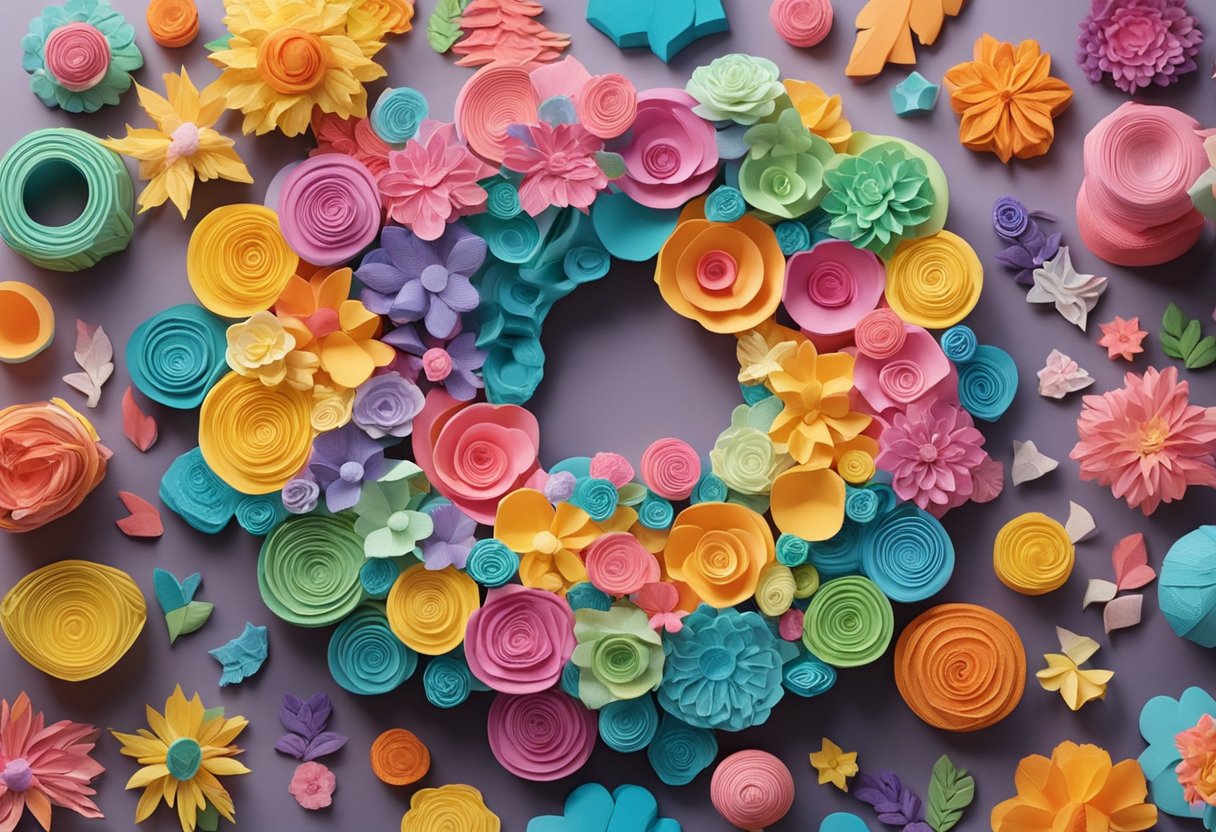
Using Styrofoam for home decor can offer unique, lightweight, and budget-friendly design solutions. It includes creating personalized ornaments, decorating with handmade flowers, and designing mosaic tile frames.
Creating Styrofoam Ornaments
Styrofoam balls can be transformed into beautiful ornaments for various occasions. By covering them with materials like fabric, glitter, or paint, they can match any decor theme. To make holiday ornaments, paint them in festive colors, add some ribbons, and hang them using hooks.
Using different-sized Styrofoam balls, one can create a variety of shapes and designs. For instance, a set of small Styrofoam balls can be decorated with metallic paint and arranged in a bowl for a modern centerpiece.
Decorating with Styrofoam Flowers
Styrofoam flowers can be a stunning addition to any home decor. These can be made by cutting Styrofoam sheets into the shapes of petals and painting them in vibrant colors. Arrange the petals around a smaller Styrofoam ball to form the center of the flower.
These flowers can be used in vases, attached to wreaths, or even used as wall decorations. They bring a touch of nature indoors without the need for maintenance. Using different colors and sizes, you can create a beautiful array of Styrofoam flowers for any room.
Mosaic Tile Frames from Styrofoam
Mosaic tile frames made from Styrofoam are versatile and decorative. Start with a Styrofoam picture frame and cover it with small tiles. These tiles can be made from painted Styrofoam sheets or small pieces of colored glass or ceramic.
Glue the tiles onto the frame in a mosaic pattern. This creates a customized picture frame that can hold photos or be used as a decorative piece. The light weight of Styrofoam makes these frames easy to hang and move around. This craft allows for a wide range of creativity with color and design.
Styrofoam Projects for Special Occasions
Styrofoam crafts make special occasions even more memorable with their versatile and easy-to-use nature. Below are fun and creative ideas for holiday-themed crafts, personalized gifts, and stylish party decorations.
Holiday-Themed Crafts
Creating holiday-themed crafts with Styrofoam can add a festive touch to any celebration. For Christmas, Styrofoam Christmas Ornaments are a popular project. You can carve or shape Styrofoam balls and decorate them with paint, glitter, beads, or ribbon. These ornaments can be hung on Christmas trees or used as a centerpiece.
During Easter, Styrofoam Easter Eggs are a colorful option. Carve and paint them in vibrant colors, then add decorative elements like stickers, ribbons, or small jewels. These decorated eggs can be placed in baskets or hung around the house.
For Halloween, Styrofoam Tombstones are an exciting project. Cut Styrofoam sheets into tombstone shapes and paint them with spooky designs. These can be placed in your yard to create a haunted atmosphere.
Personalized Styrofoam Gifts
Personalized Styrofoam gifts can show thoughtfulness and creativity. One unique idea is to create Styrofoam Puppets. Carving characters based on the recipient’s favorite shows or stories can make the gift special. Use paints and textiles to add details and personality to each puppet.
Another idea is to make Custom Styrofoam Frames. Cut Styrofoam into desired frame shapes, paint them, and add embellishments. Insert a memorable photo or artwork to complete the personalized gift.
Styrofoam Name Plaques can also be a fun and practical gift. Carve the recipient’s name out of Styrofoam and decorate it with colors and patterns that match their personality. These can be used as door signs or desk accessories.
DIY Styrofoam Party Decorations
Styrofoam can also play a big role in DIY party decorations. For a simple yet stylish decoration, make Styrofoam Balloons. Attach colorful balloon shapes to sticks or strings and place them around the party area for a festive look.
Creating a Styrofoam Disco Ball adds a fun touch to any party. Cover a Styrofoam ball with small mirrored pieces to reflect light and enhance the party ambiance.
Lastly, you can make Styrofoam Table Centerpieces. These can be tailored to fit the party theme. For instance, floral arrangements made from painted Styrofoam or themed shapes like stars or hearts can make your tables stand out.
Eco-Friendly Practices with Styrofoam
Using Styrofoam in creative and sustainable ways helps reduce environmental impact. This includes recycling and repurposing to minimize waste in landfills and marine pollution.
Recycling Styrofoam
Recycling Styrofoam can be challenging due to its lightweight and bulky nature. It often needs to be transported long distances for recycling, which is not always cost-effective. Despite these challenges, many communities have set up specialized recycling programs. Participating in these programs helps keep Styrofoam out of landfills.
Certain types of Styrofoam, like those used in packaging, can be recycled and turned into new products. They are often cleaned, shredded, and then melted down to be reformed into insulation or picture frames. Some businesses also offer drop-off locations where Styrofoam can be collected for proper recycling. It's crucial to check with local waste management services to understand what types are accepted for recycling in the area.
Reducing Styrofoam Waste in Landfills
Reducing Styrofoam waste starts with minimizing its use. Opt for products made from alternative materials like biodegradable packaging or reusable containers. When Styrofoam is unavoidable, repurposing it into new items can be a sustainable practice.
Craft projects are a practical way to give Styrofoam a second life. For example, it can be used to make DIY planters, wall art, or even insulation for windows. These creative uses ensure that Styrofoam is kept out of landfills and contributes to less pollution. Additionally, innovations like transforming Styrofoam into lightweight bricks or using it in construction materials are emerging as viable solutions to reduce waste.
By integrating these practices, individuals can help limit the environmental impact associated with Styrofoam, promoting a more sustainable future.
Creative Projects for Kids
Kids love hands-on activities, and styrofoam crafts provide a fantastic way to engage their creativity. These projects are simple, fun, and often educational, which makes them perfect for young crafters.
Styrofoam Caterpillar Friends
Creating styrofoam caterpillars is a fun and easy project for kids. To start, gather a few styrofoam balls and paint them in bright colors. Once dry, connect the balls using toothpicks or craft glue to form the caterpillar's body. Add googly eyes and pipe cleaners for antennae.
These caterpillar friends can be made to crawl across tables or hang in bedrooms. Kids can have fun customizing their caterpillars with different colors and accessories. This project not only sparks creativity but also helps develop fine motor skills.
Summer Crafts with Styrofoam
Summer is a great time to get creative with styrofoam crafts. One popular idea is making styrofoam spiders using styrofoam balls and pipe cleaners. Kids can paint the balls black, attach pipe cleaners for legs, and add googly eyes. These spiders can decorate homes or gardens.
Another summer craft is creating colorful flowers using styrofoam cups. Cut the edges of the cups to form petals and paint them in bright colors. Attach the finished flowers to wooden sticks, and you have charming garden decorations. These projects keep kids entertained and help them enjoy the summer season.
Educational Activities using Styrofoam
Styrofoam can be used for educational activities as well. One example is building models of planets for a science project. Kids can paint styrofoam balls to represent different planets and arrange them to create a solar system model.
Another educational activity is creating simple math games. Cut styrofoam sheets into shapes and write numbers or equations on them. Kids can then use these pieces to practice addition, subtraction, or multiplication. These activities combine learning and crafting, making them perfect for both home and classroom settings.
Advanced Styrofoam Crafts
In advanced Styrofoam crafts, enthusiasts can explore techniques for detailed sculpting and create large-scale art pieces. These projects require patience, skill, and the right tools.
Detailed Styrofoam Sculpting
Detailed Styrofoam sculpting involves precise shaping and carving. Artists use foam balls or plates to create intricate designs like animals, faces, or custom shapes. They often start with a basic outline and use tools like hot wire cutters, knives, and sandpaper to refine the shape.
Painting adds artistic flair, with acrylic paints being a popular choice. This method provides smooth finishes and vibrant colors.
For added detail, crafters might use materials like clay or plaster to enhance features before painting. Some advanced artists embed small objects or add textures with different materials. This process is a true test of patience and creativity, producing highly detailed and personalized art.
Creating Large-Scale Styrofoam Art
Large-scale Styrofoam art allows artists to make life-sized sculptures, props, or set designs. This type of project is common in theater, cosplay, and event decor. Artists use larger Styrofoam sheets and blocks, cutting them into desired shapes.
Supporting structures like wooden frames may be necessary for stability. Layers can be glued together for added strength.
Once the basic shape is formed, artists smooth surfaces and fill gaps with foam filler or putty. The final steps involve painting and decorating. Some large-scale pieces require coatings to protect the foam and give a more realistic or durable finish.
Creating large-scale art from Styrofoam offers endless possibilities for those looking to bring ambitious ideas to life with a lightweight and versatile material.

